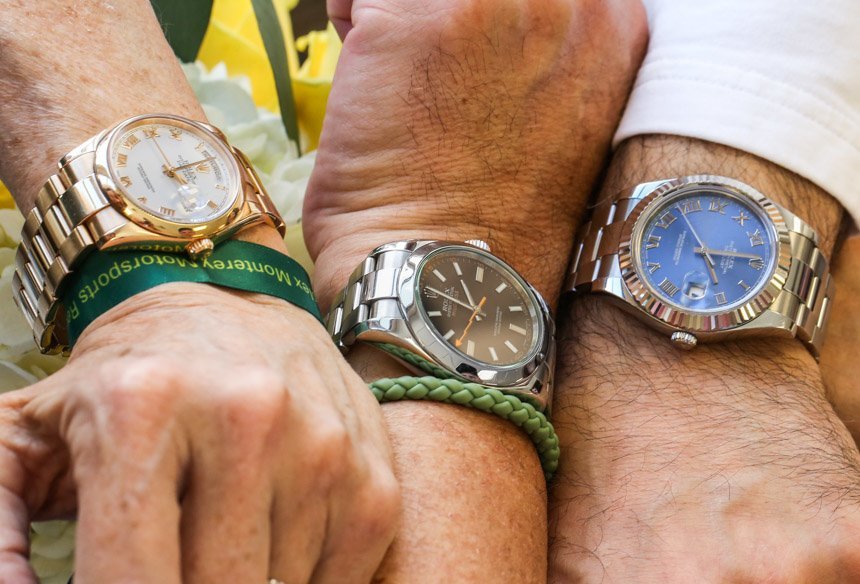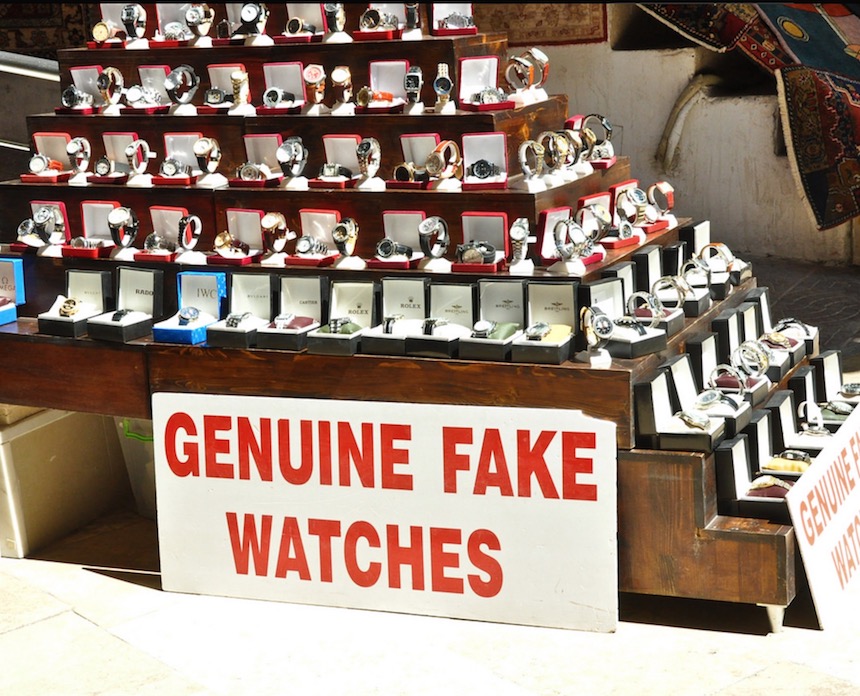Deception in the scope of what watch someone chooses to wear exists for the same reasons deception exists anywhere else – because someone is trying to assert that they can do something or afford something that they cannot. Deception in watch wearing is surprisingly high, just look at the size and popularity of the fake watch market. The interesting takeaway from this fact is that it bolsters the actual ability for luxury watches to assert both high levels of social perceived and inherent value. If this was not the case with real watches and real taste, it would have far less deception value in turn.
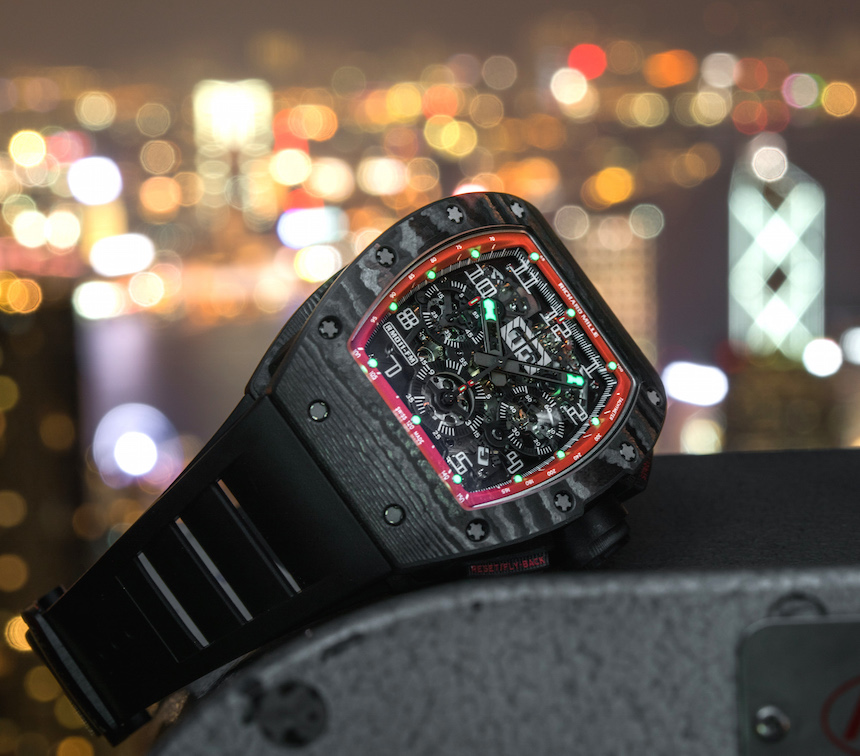
Striving For Exclusionary Luxury Value
What happens when taste and social perceived value limits are hit? There is always a most expensive product, and one that reaches the limit of effort and inherent value. This is true among watches and pretty much all luxury products. The vast majority of luxury watch buyers will always be able to imagine a more expensive watch or one that is more desirable to them than what they are wearing. If their intended goal is to show off social perceived or inherent value to an intended audience, then chances are they will eventually learn of products that can do it better which are out of their reach. Therefore, for most people the discussion on understanding why people like to wear and thus show off items of value ends here.

Nevertheless, the pursuit of showing off what is on your wrist exceeds what money can buy. I’ll say once again that the primary psychology of wanting to show off your luxury wrist watch is to suggest to the world around you that you can afford it. Being able to afford a nice watch says a lot about you. It means you’ve attained a level of disposable income sufficient to fund such purchases, and also that you have achieved the confidence and comfort level to wear such items. Thus, in a very simple and direct way, wearing a luxury watch is a very effective way of saying that you have both success and strength. These are two qualities that people virtually universally wish to communicate.
Now enter the concept of exclusionary value, which is in a sense where all showing-off ends up if you get rich and/or sophisticated enough. Exclusionary value exists both in watches and in other spheres of life, but is mostly important among the super rich. Exclusionary value is the value of being able to own something to the exclusion of others. This means “because I have it, you cannot.”
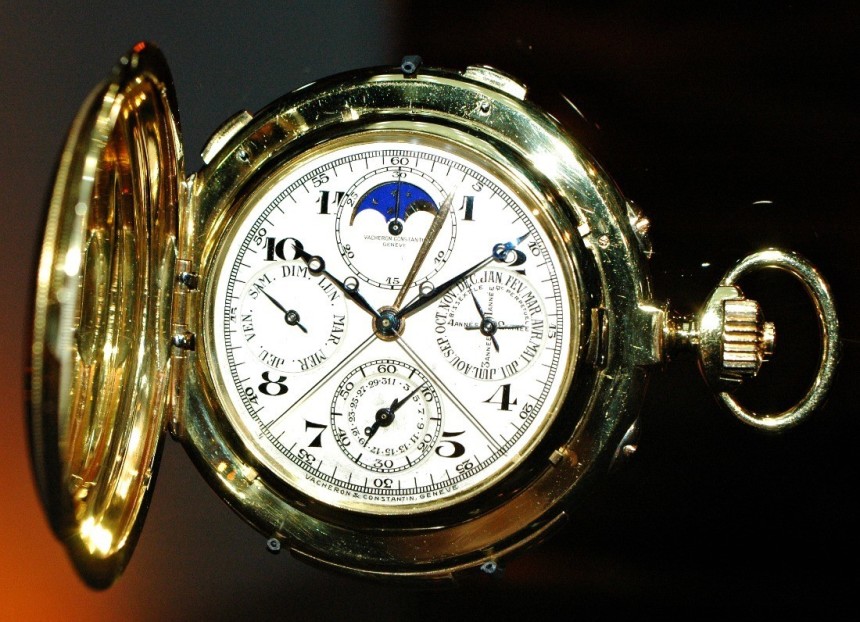
Vacheron Constantin ultra-precise “Boisrouvray Watch” c.1948 – one of only four 20th century pieces to include an alarm.
Exclusionary value more or less requires that the item or status you seek to exclude others from is unique or very uncommon. If the value to the owner is in the ability to prevent others from having the same thing, they actually need to control supply. Owning a piece of land offers the owner exclusionary value. By virtue of one person having exclusive rights to that parcel of land, everyone else is excluded from having rights to it. In the world of watches exclusionary value is in owning one-of-a-kind watches.
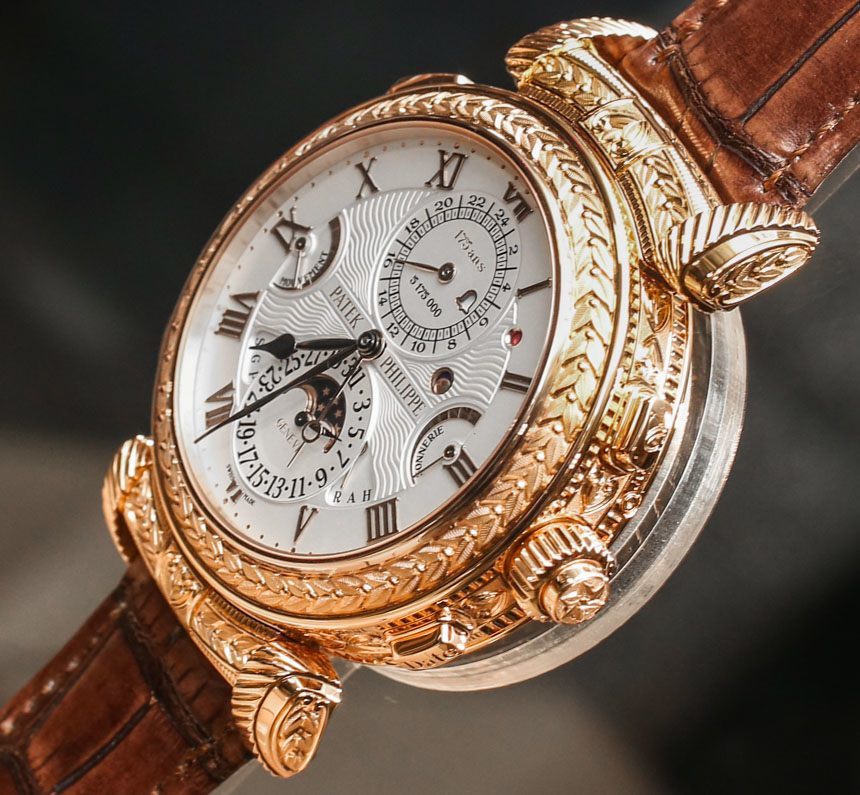
One-of-a-kind watches are either acquired as unique or created to be unique. A common form of exclusionary value in watches is the notion that a watch company “only produced this design for me.” Many items with exclusionary value have low social perceived value because by nature they are not well-known. People seeking wrist watches with high exclusionary value aren’t interested in impressing mainstream audiences. Rather, they are aiming at other sophisticated people who understand watches well enough to appreciate both the exclusivity and inherent value of those watches. So, exclusionary value is often considered a “higher form” of value because it is often only appreciated by very sophisticated audiences. There is a high degree of social perceived value to the very notion of items with exclusionary value because even if the general public doesn’t understand the specific value of the item, pretty much everyone out there understands the value of “I have the only one in the world.”

How To Embrace Showing-Off
There is no shame in wanting other people to recognize your watch. It is only natural that you want your timepieces to be a prominent and expressive extension of your taste and social status in life. Sharing the message of “I am confident and can afford this item,” is rather widely positively accepted so long as it is not obnoxious or deceptive. Obnoxious statements tend to insult or bother people, and (as I discussed above) deception statements frustrate people because they offer false lessons about adaptive behavioral strategies.
The first step to embracing the idea of showing-off your watch or watches is to recognize why you are doing it, and to ensure that you are doing it fairly. Resist the temptation to be obnoxious or deceptive, and embrace the notion that a luxury watch should very authentically communicate who you are. If you aren’t happy with what your watch says about you, then either change who your are or if you are looking for a more effective tactic, simply change your watch.

